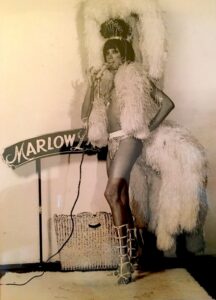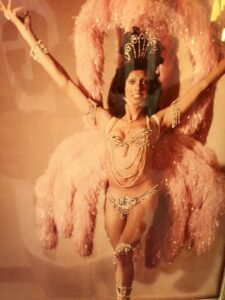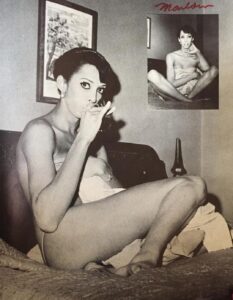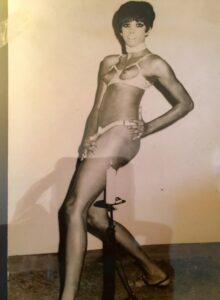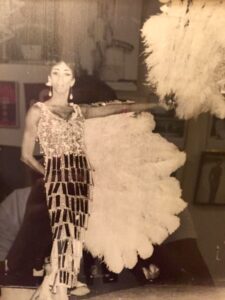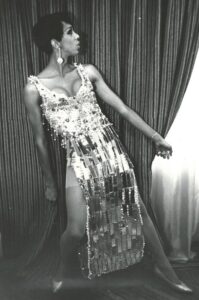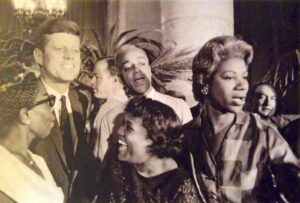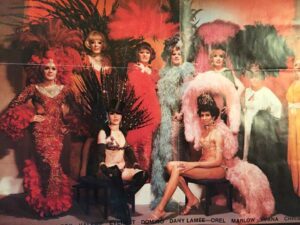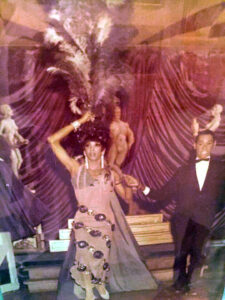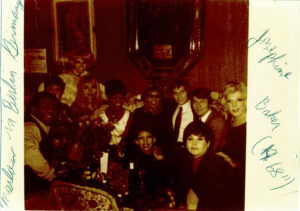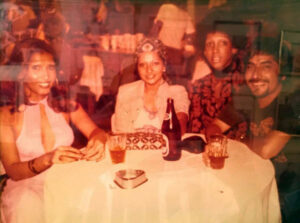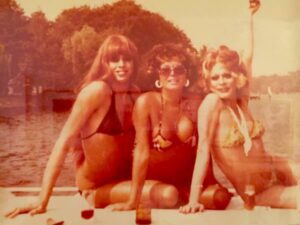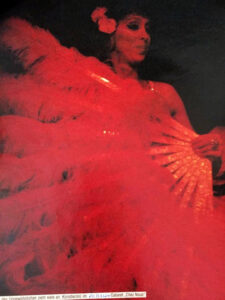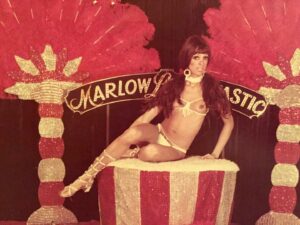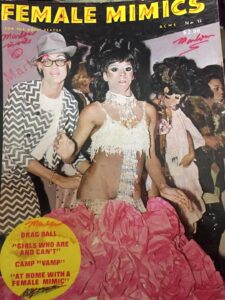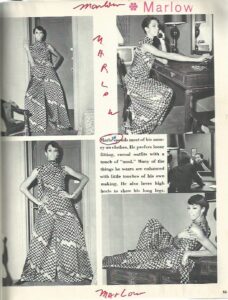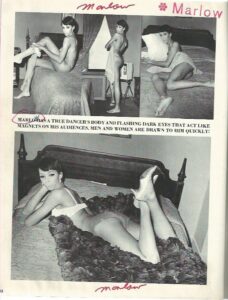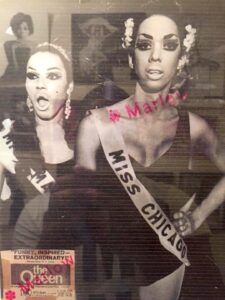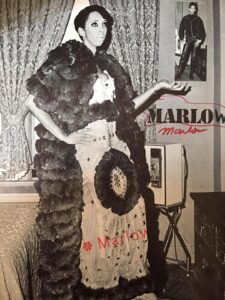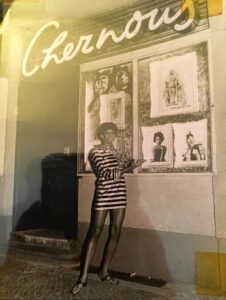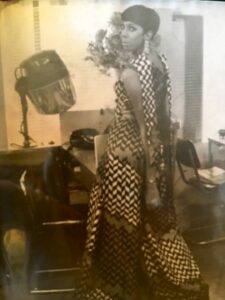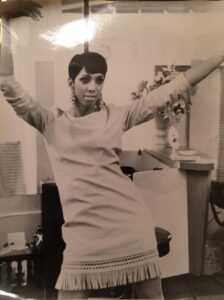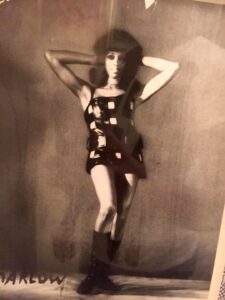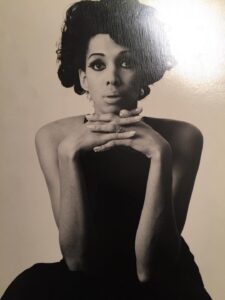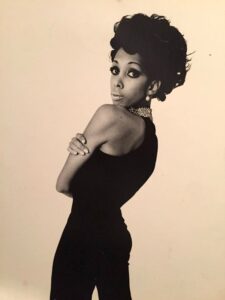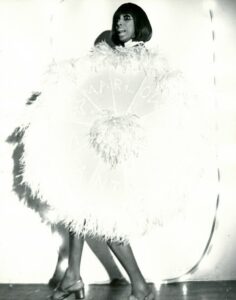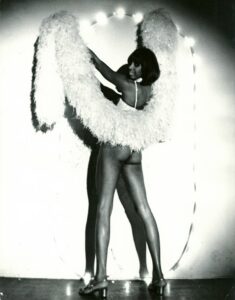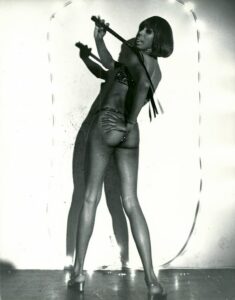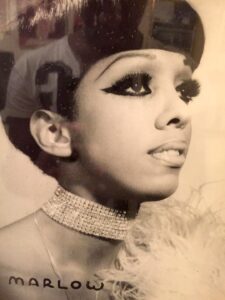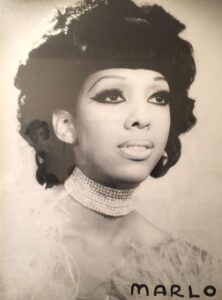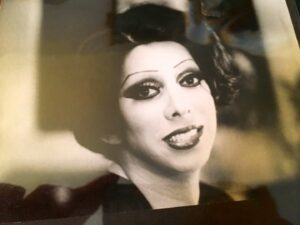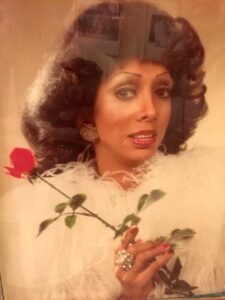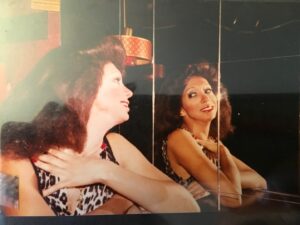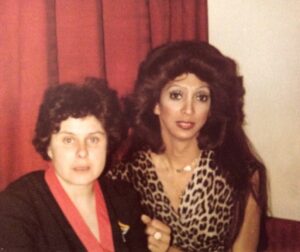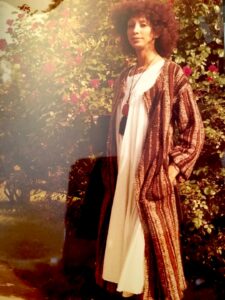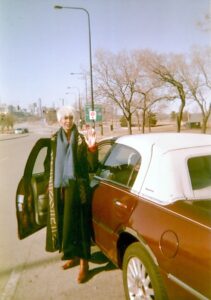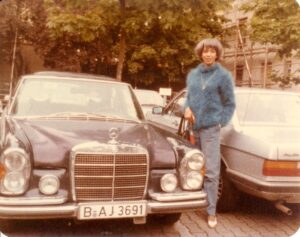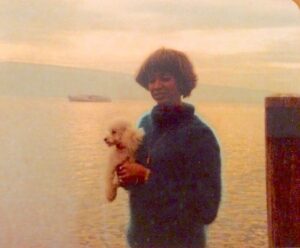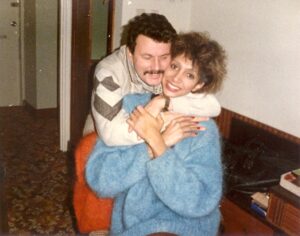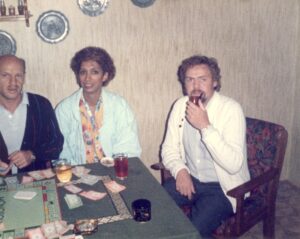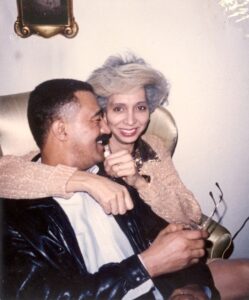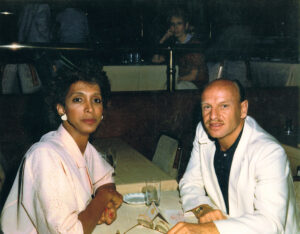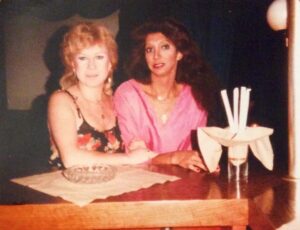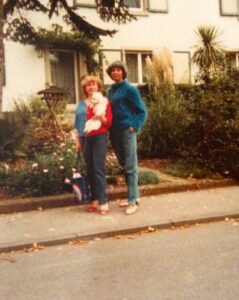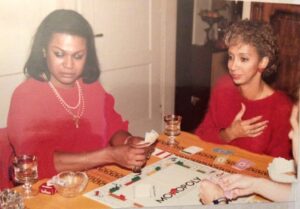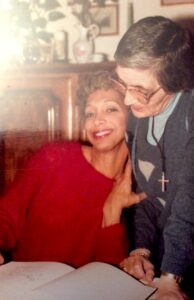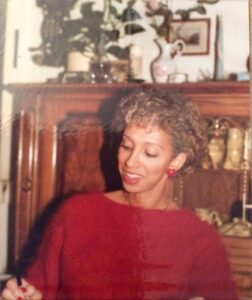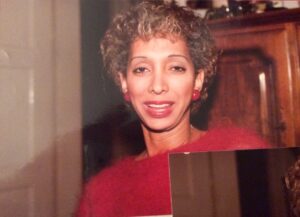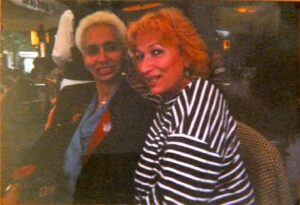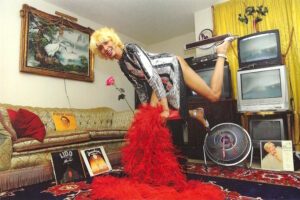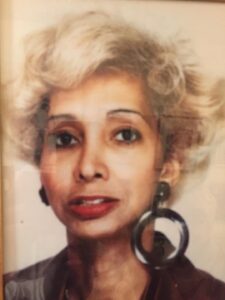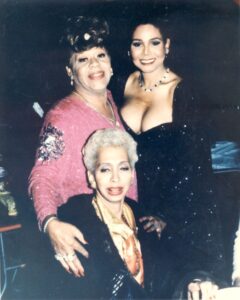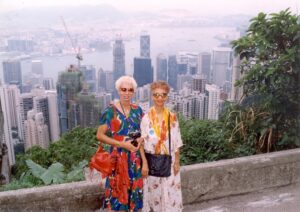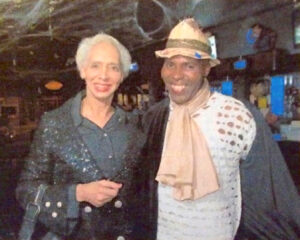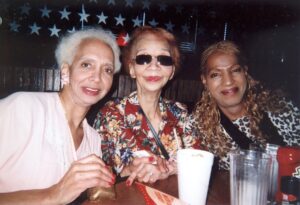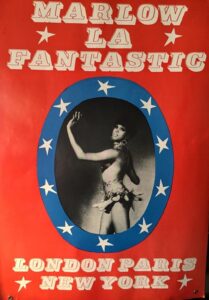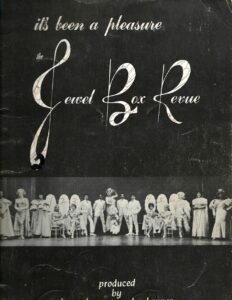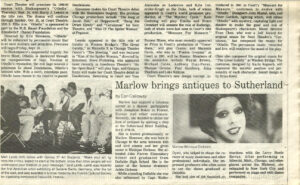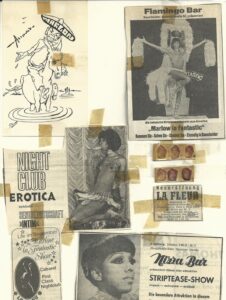Guest interviewer Zackary Drucker recorded Marlow Monique’s oral history for OUTWORDS in 2021. Zackary Drucker is an independent artist, filmmaker, and cultural producer. She has performed and exhibited her work internationally in museums, galleries, and film festivals including The Baltimore Museum of Art, the Whitney Biennial 2014, MoMa PS1, Hammer Museum, Art Gallery of Ontario, MCA San Diego, and SF MoMA, among others. Drucker is an Emmy nominated producer for the docuseries This Is Me, and was a producer on the Golden Globe and Emmy Award-winning Amazon show Transparent. The Lady and The Dale, her directorial debut for television, premiered on HBO in 2021. Her follow-up project with HBO, The Stroll, won a Special Jury Award: Clarity of Vision, at Sundance 2023.
Marlow Monique Dickson was born in 1942 and grew up in Bronzeville, Chicago. Bronzeville hosted a vibrant entertainment scene, especially when it came to Black art and culture. Marlow was enamored by the performing arts scene around her — she went to the theater as a child, and soon found her way into the spotlight by performing underage at galas and nightclubs. By age 21, she found her professional home in the female impersonation and drag community, attracting crowds with her performances.
In the 1960s, Marlow moved from Chicago to New York, performing in bars around Greenwich Village. She auditioned for Jewel Box Revue, a female impersonator company, and was hired for her ability to “parade around and look beautiful.” Through Jewel Box, she found a supportive and welcoming showgirl community. Inspired by fellow performers Bruna Le Fantastique and Mickey Marlow, Marlow combined their names to create her stage name: Marlow La Fantastique. Through mutual friends, Marlow landed a modeling gig with Female Mimics, a trans tabloid spotlighting female impersonators. She met famous drag queen Crystal LaBeija in 1962, who brought Marlow into the drag ball scene. In 1967, Marlow was featured in the film The Queens, documenting a drag ball beauty pageant.
Although Marlow’s career flourished in 1960s New York, the beauty came with pain. Female impersonation was criminalized until the 1970s, so she was arrested multiple times for simply walking from the club onto the street. She was even dropped from a Jewel Box show for having long hair and nails — a violation of the anti-female impersonation laws. The bars and clubs she performed in were often raided by police, and her friends struggled with poverty and substance abuse.
Craving a change of scenery, Marlow showed up at the door of Chez Nous in 1968, a cabaret bar in West Berlin. She was hired on the spot for her determination and stunning looks, and she picked up dancing to excel at her new job. Josephine Barker’s famed banana dance became one of her acts. When Josephine Baker came to Germany, she met with Marlow at Pimm’s Club, later appearing with her onstage. Her fellow performers had fluid and diverse identities, and Marlow felt comfortable living fully as a woman by both day and night.
Marlow found her time in Berlin liberating — compared to Americans, the Europeans around her were far more accepting of her being both Black and a trans woman. While there, she met her husband, Curly, at Pimm’s Club. The pair went on to travel the globe together, traipsing all over Europe, Asia, South America, and Africa.
Marlow left Berlin after 25 years, and now lives back in Chicago with Curly. She wistfully reflects on her performance years, appreciating the beauty and glitter while acknowledging the suffering of her community. She is determined to share her story so the younger generation of performers can survive and, one day, thrive.


